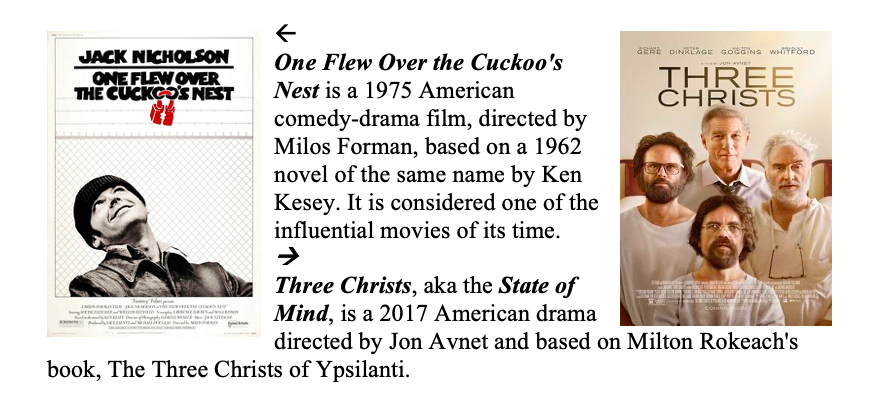
Editor, MINDS Newsletter,
Assistant Professor, Department of Psychiatry All India Institute of Medical Sciences, (AIIMS) Raipur, Chhattisgarh, Indian
Follow me Twitter
Volume 12 Issues 2 February, 2022
The invention of the motion picture is one of the most significant breakthroughs of the early 19th century, which greatly influence people’s lives in general. Thomas Edison and William Dickson have developed an illusion of motion pictures resulting in the kinetoscope’s invention. I think Edison and Dickson must have never imagined that kinetoscope would have such a great impact on ordinary men’s lives. I doubt that Edison and Dickson could have ever imagined that someone watches a high definition movie on their smartphone or a 3D movie on-screen one day.
It may not be wrong to say that motion pictures found their place in every drawing-room influencing our understanding, attitude and behaviour. Soon, the potentiality of movies to impact people’s behaviour has been identified. The film becomes an exciting combination of entertainment and education: several movies and documentaries inspired by medicine and psychiatry-related topics.



Apart from awareness of the mental illness, the drawback is that most films, primarily for commercial and entertainment purposes, lack adequate scientific research and may portray the incorrect perspective of mental illness rather than distort and strengthen the stigmatization of mental illness.
It is interesting to observe how the depiction of mental illness has evolved over a while in the motion picture. “One flies east, one flies west, and one flies over the cuckoo’s nest” is a nursery rhyme that inspires the title of the 19th-century comedy-drama “One Flew Over the Cuckoo’s Nest” is one of the greatest hits of the time and had a profound impact on understanding about mental illness in people’s minds in general. Assuming it as a benchmark, and considering the “The State of Mind” (aka Three Christ) released in 2017, both belong to the plot from the same timeline (the 1950s and 60s), capturing the prevailing treatment methods of the time, showing treatment as punitive, cruel and authoritative; and the use of unmodified (without the use of anaesthesia) electroconvulsive therapy as a deterrent to violence. Parallel to it, Bollywood movies “15 Park Avenue” and “Maine Gandhi Ko Nahi Mara” both released in 2005, able to portray mental illness more sensibly as compared to “Judgmental Hai Kya?” and “Bhool Bhulaiyaa” which seem to be stigmatizing mental illness. Notably, movies are also used as teaching material in psychiatry training; hence, many institutes conduct “movie club” as a routine teaching exercise.
The debate on the impact of motion cinema on psychiatry is perpetuating. Occasional realistic, scientifically sound movies can also fetch fame and money, proving that the correct portrayal of mental illness can make a successful movie and help destigmatize mental illness.


hi